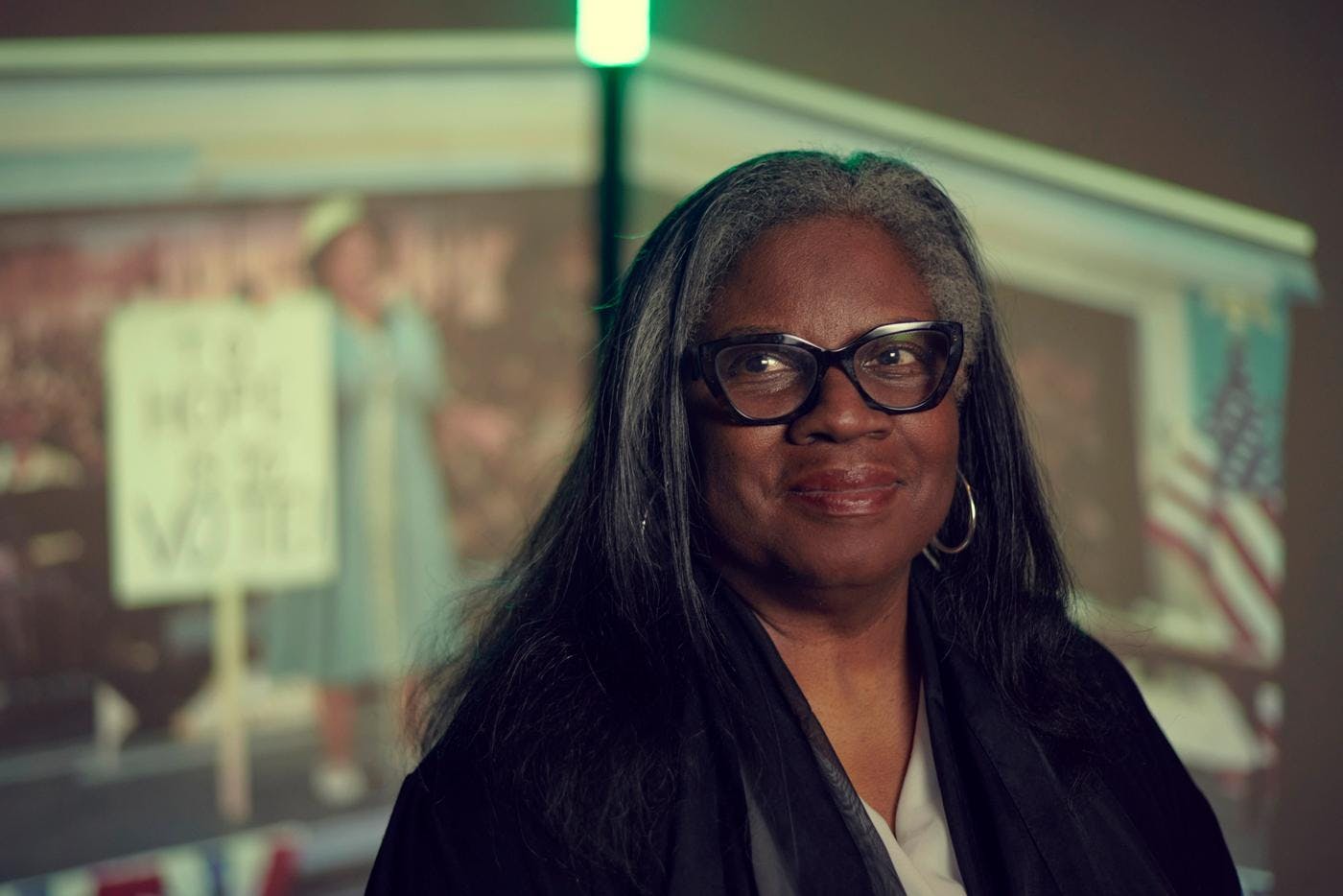
Cheryl L. West
Seattle Rep’s most-produced living playwright tells complex Black stories with integrity and poetry.
The theater director and The Hansberry Project co-founder is fostering the next generation of actors, directors and playwrights.
by Meshell Sturgis / June 1, 2022
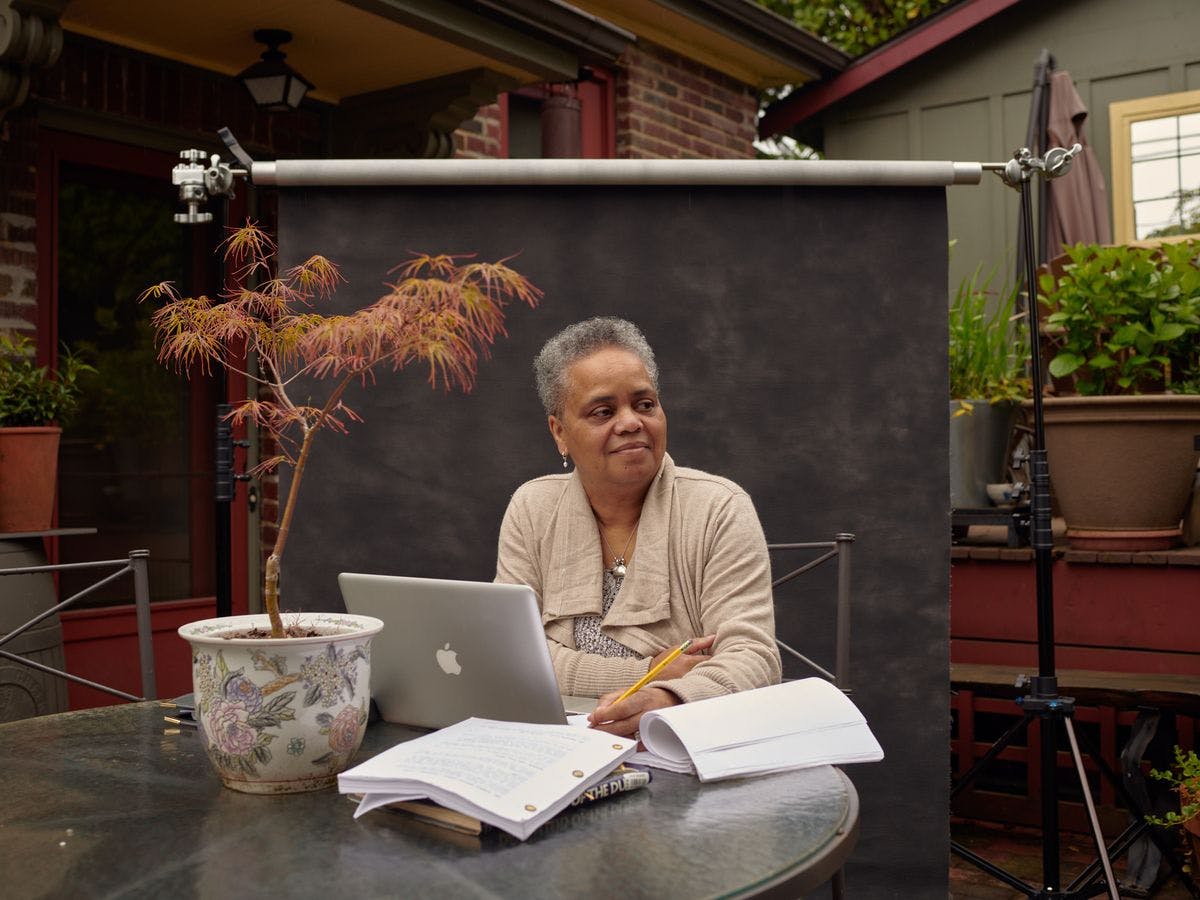
“How do we grab the audience by the throat when we need to?” It’s a central question for Valerie Curtis-Newton, who for decades has been a professor in the School of Drama at the University of Washington, and who also heads the directing and playwriting departments. As a teacher, she spends a lot of time conveying the craft of theater to the students who may go on to become working actors, directors and playwrights. “Always be clear about the story you're trying to tell,” she advises — a tenet she holds herself to as well.
“One of my mantras is to find the fear in the room and face it,” Curtis-Newton, 62, says. "Do the hardest thing first, the thing that you're most afraid of and get that out of the way … then we can play.”
She takes this unflinching approach beyond the campus, into greater Seattle, where she works to foster a thriving Black theater scene and employs her assured directing skills to tell stories that demand attention. For Curtis-Newton, such stories often tackle issues of race, trauma and long-simmering history head on.
In recent years, she has directed such plays as Christina Ham’s Nina Simone: Four Women, about the four girls killed in the 1963 bombing of a Baptist church in Birmingham, Alabama; Sunset Baby, by Dominique Morisseau, about a Black Revolutionary hoping to reconnect with his estranged daughter; and Father Comes Home from the War, by Pulitzer Prize winner Susan Lori-Parks, about an enslaved man who is offered freedom in exchange for fighting on the Confederate side of the Civil War.
Her commitment to amplifying Black representation on stage led Curtis-Newton to co-found The Hansberry Project in 2004 with Vivian Phillips, a Seattle public arts advocate and founder of Arté Noir. [Editor’s note: Phillips is a consulting producer for the Black Arts Legacies project.] The group’s name comes from A Raisin in the Sun playwright Lorraine Hansberry, the first African American woman to have a play on Broadway.
The Hansberry Project’s inaugural production, Wine in the Wilderness, written by playwright Alice Childress in 1969, debuted in 2006 at A Contemporary Theatre (ACT) in Seattle. The story, about a Harlem artist attempting to paint “Black womanhood,” examines the turbulent race and gender politics of the 1960s through a Black lens.
Curtis-Newton shared an anecdote about the play with the Seattle Post-Intelligencer in 2006 — one that reveals her work as part of a decades-long effort to sustain Black theater and art in Seattle. “I asked a Black Seattle artist, Al Doggett, to supply the sort of paintings referred to in the script,” she explains. “And you know what he told me? He said, ‘Wine in the Wilderness?! I acted in a production of Wine in the Wilderness in 1970. It was a Black Arts/West show!’"
Just as Douglas Barnett aimed to change the face of Seattle theater with Black Arts/West in the 1970s, The Hansberry Project has expanded who gets invited to the stage. Initially formed under the auspices of ACT, the company became an independent organization in 2012 and began supporting Black artists from concept to curtain call via workshops and producing partnerships. “We started to get some name recognition for Seattle as a place where Black work can happen, can develop, can be produced,” Curtis-Newton says.
The organization has sponsored more than 20 productions, and has collaborated with groups across the country, including the True Colors Theatre Company of Atlanta, Plowshares Theatre Company in Detroit and Earth Pearl Collective in Chicago.
Locally, Hansberry has partnered with Intiman Theatre, ArtsWest and the CD Forum for Arts and Ideas, and in May 2022, it co-sponsored the HUE Festival, a weeklong showcase of BIPOC women playwrights at LANGSTON. Included on the festival roster was Akosua Goes Home, by UW assistant professor of playwriting Nikki Yeboah, about a woman returning to Ghana after spending 30 years in Canada. The director of this oral history of family, memory and place? Valerie Curtis-Newton.
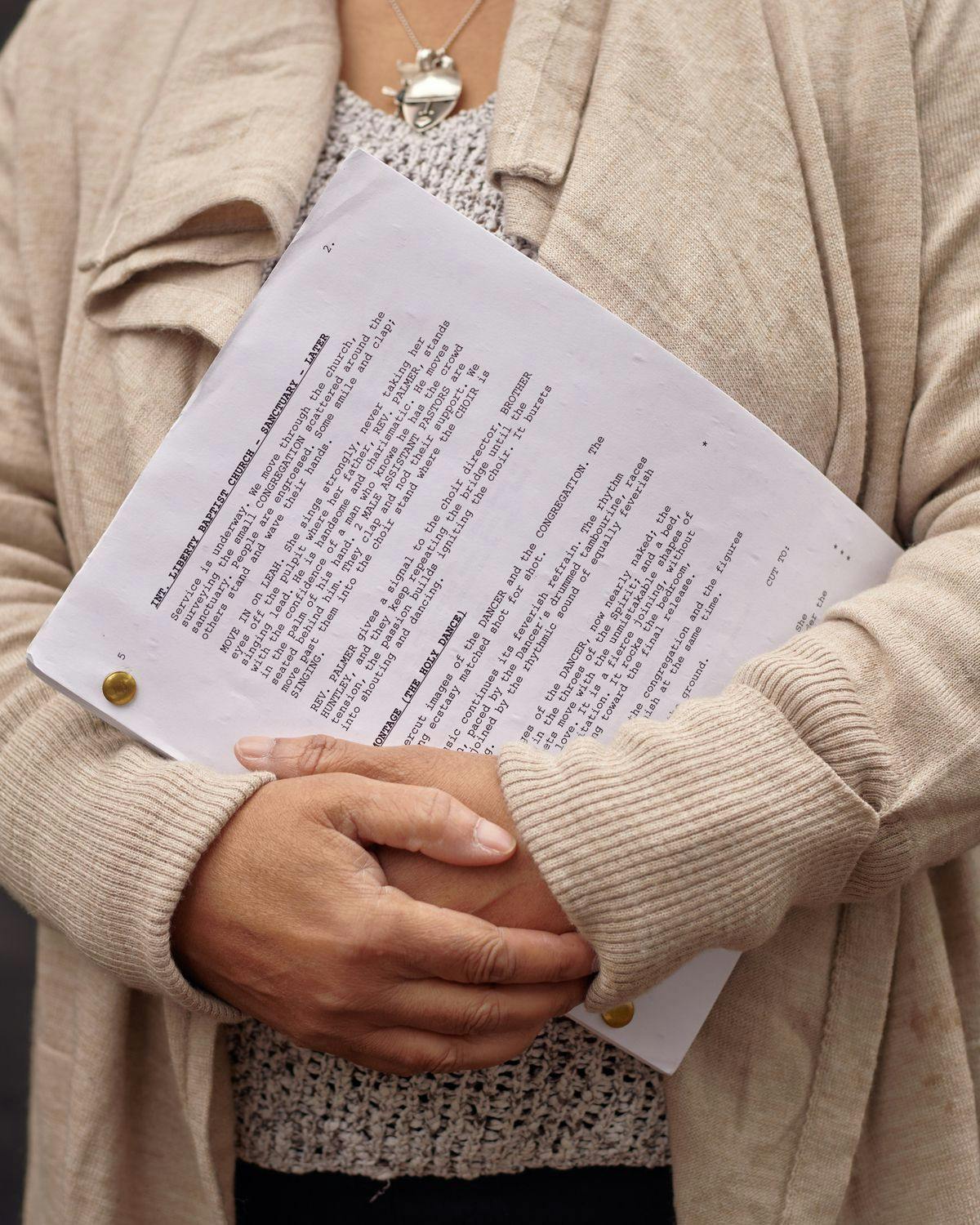
She’s come a long way away from Hartford, Connecticut, which when Curtis-Newton lived there in her youth was the insurance capital of the United States. After earning her B.A. from Holy Cross College in 1981, she returned to Hartford and took a day job in the insurance business. (“I’m a third generation insurance worker,” she notes.) She stayed in the profession for 11 years and, at the same time, got involved with community theater. When a divorce prompted her to ask herself, “Who do I want to be and what do I want to do,” the answer was theater.
Curtis-Newton landed in Seattle in 1993, more than a decade after the demise of the Black Arts/West theater company and decades after the Negro Repertory Company of the 1930s had shuttered. “I’m gonna need to fight some battles to do what I need to do,” she remembers thinking, before starting in the MFA program at the University of Washington (where she earned her degree in 1996). “I came determined to be myself,” she recalls.
When she arrived, she was pleased to find a network of Black artists, including Tim Bond of the then thriving Seattle Group Theatre (aka “The Group”), known for its Multicultural Playwrights Festival. But, she observes: “There were no people of color with any decision-making power in any professional theaters in Seattle. None.”
Thanks in part to the work of her own Hansberry Project, that has changed. “Now there are more of us in the room,” Curtis-Newton says. “And most of us are prepared to ask hard questions.”
Questions such as why does a theater’s seasonal lineup consist largely of plays written by white men? What do the theater’s promotional materials suggest about the stories prioritized and the implied audience? She has raised these issues with organizations in the past. “You can't necessarily make them do something different,” she says, “but you can eliminate the excuse that they didn't know it was a problem.”
Asking the hard questions, uplifting the talent around her, telling stories that engage minds and spark conversation — this is how Curtis-Newton has changed the theatrical landscape and, thereby, the community at large. “When I see the number of Black directors in town,” she says, “when I see the different artists who are getting to use the money in those spaces, I get excited by that and I hope that it can continue.”
Black Arts Legacies Research Assistant

Seattle Rep’s most-produced living playwright tells complex Black stories with integrity and poetry.
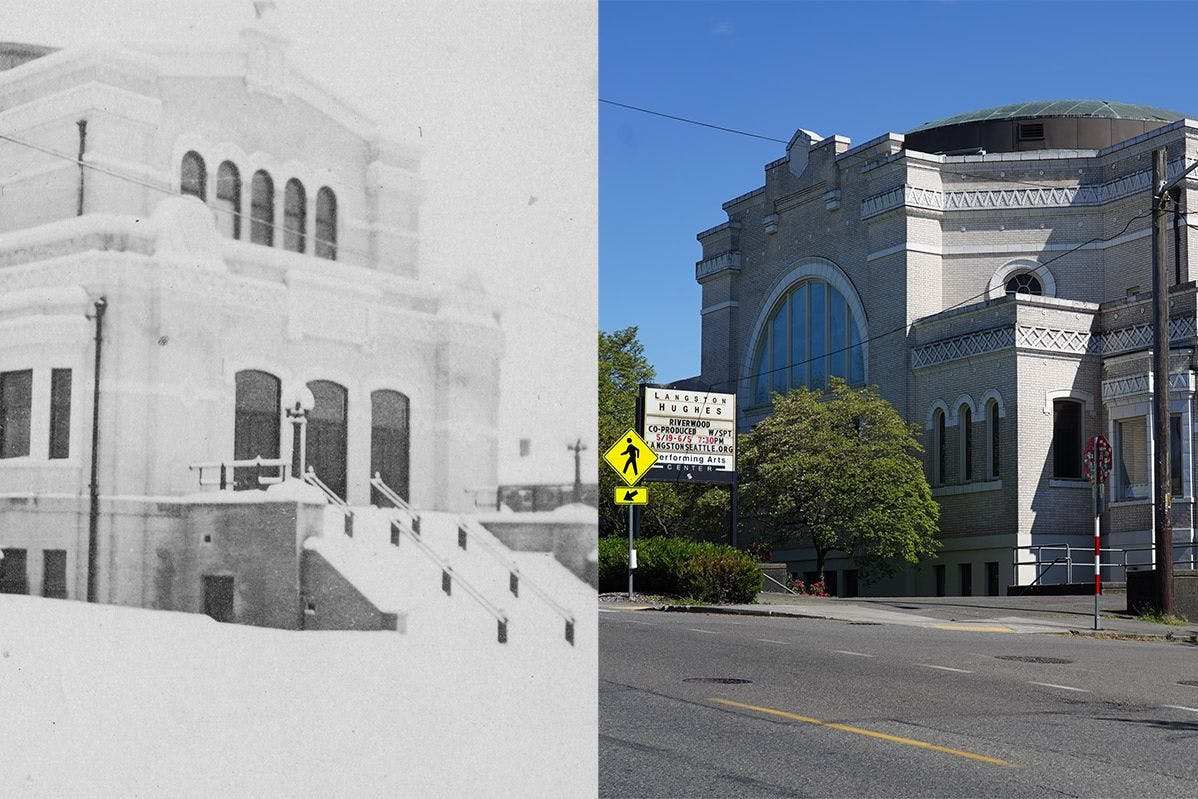
Born from a 1960s urban relief program, the former synagogue has fostered generations of Black artists.
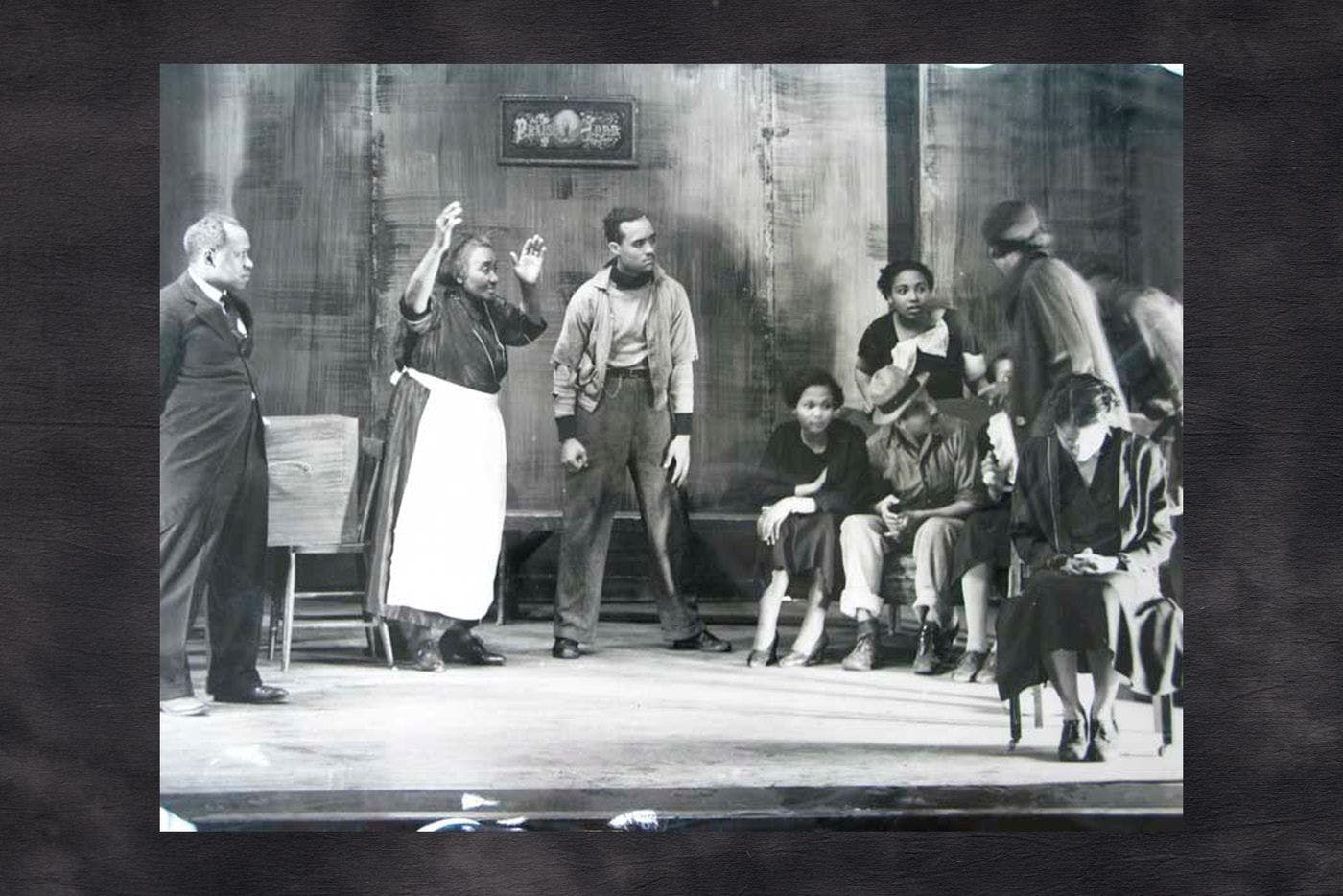
The Depression-era Black theater company celebrated Black storytelling with self-determined, interdisciplinary and collaborative works.

After landing on the stage unexpectedly, this Seattle actor/director’s 50-year career played a major role in the city’s Black theater scene.
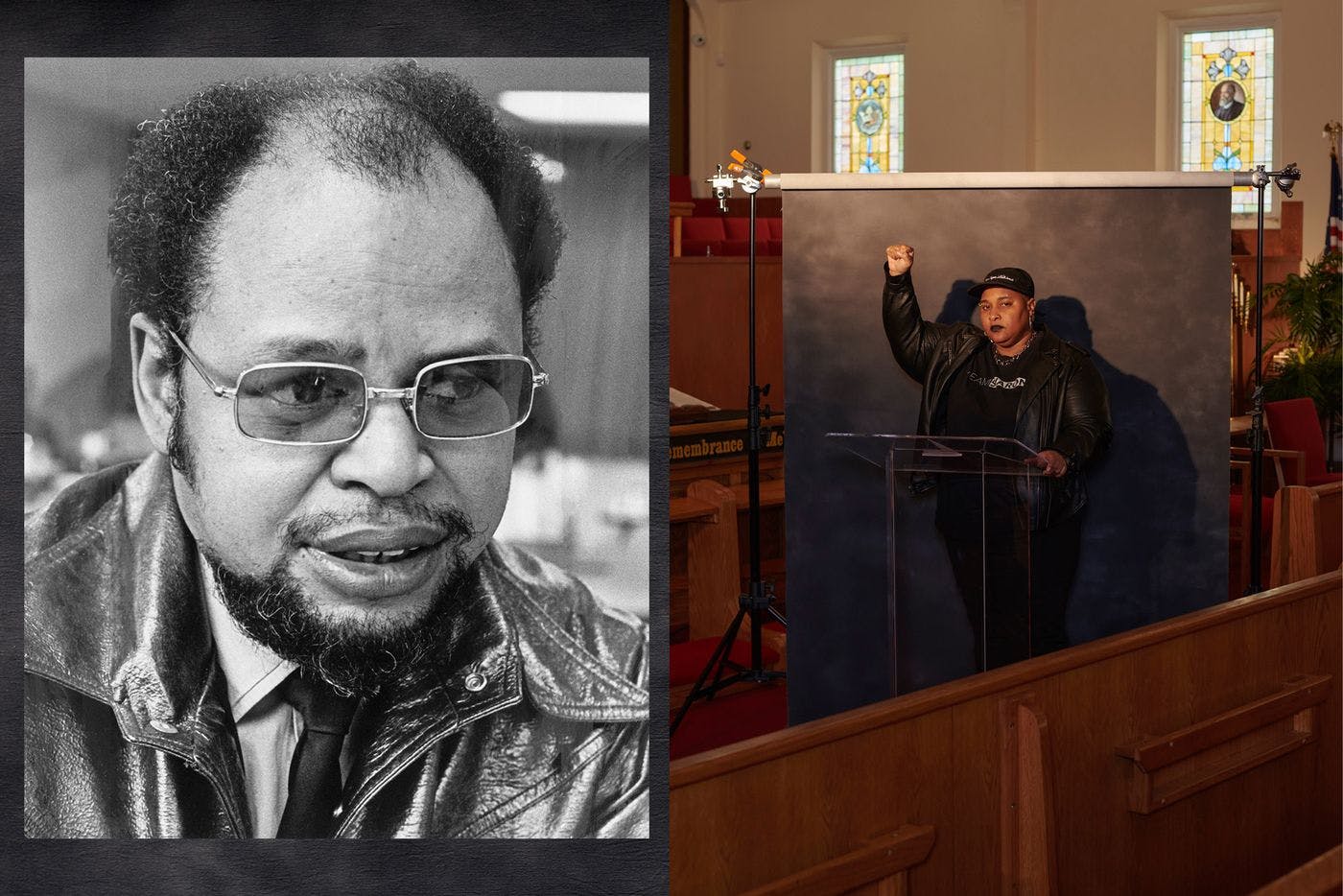
The driving forces behind Black Arts/West and CD Forum share a mission to tell Black stories in the theater.

This actor/director found her place in Seattle theater by embracing risk and seizing her own narrative.
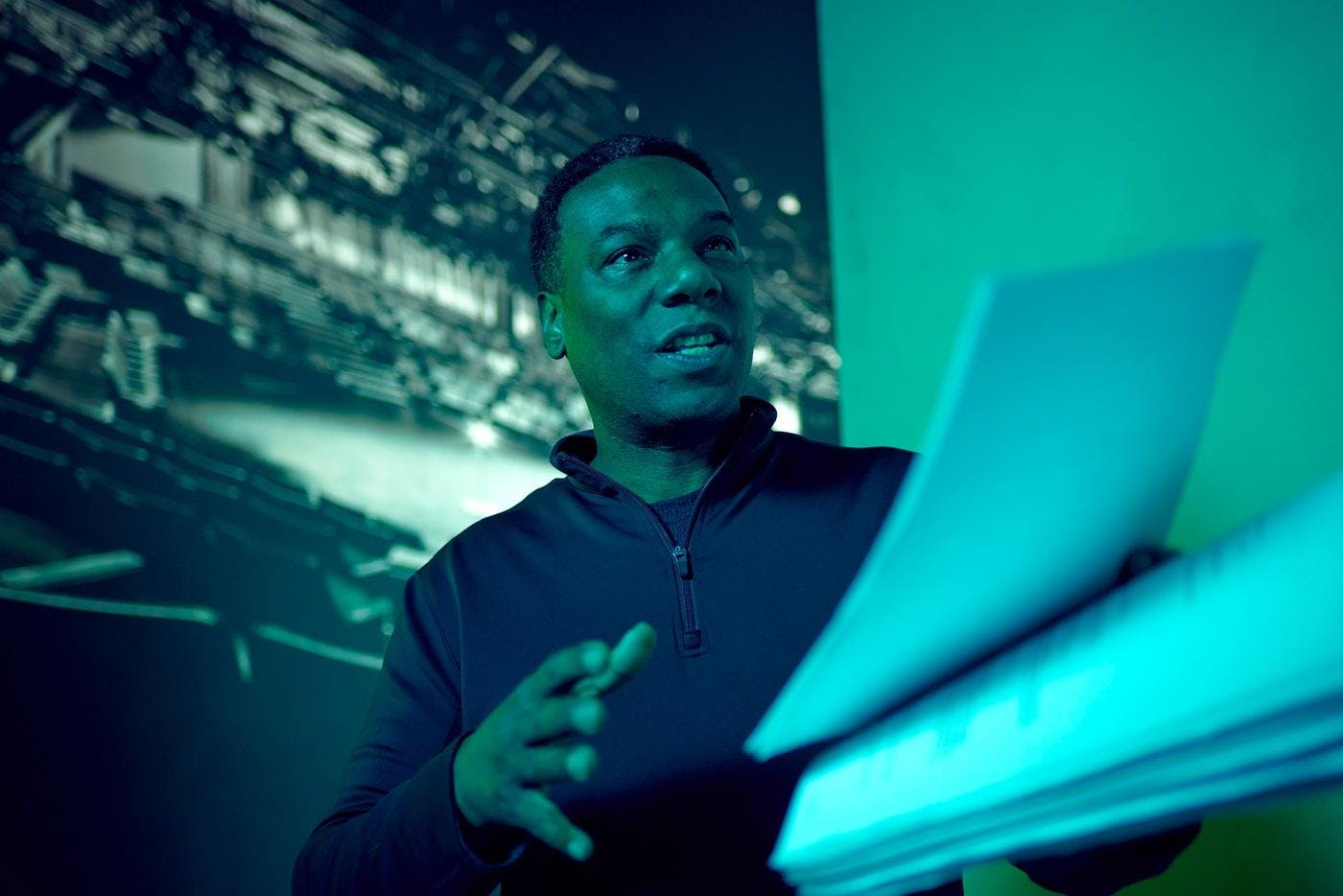
The accomplished Seattle theater actor and playwright brings Black voices and histories to the stage.
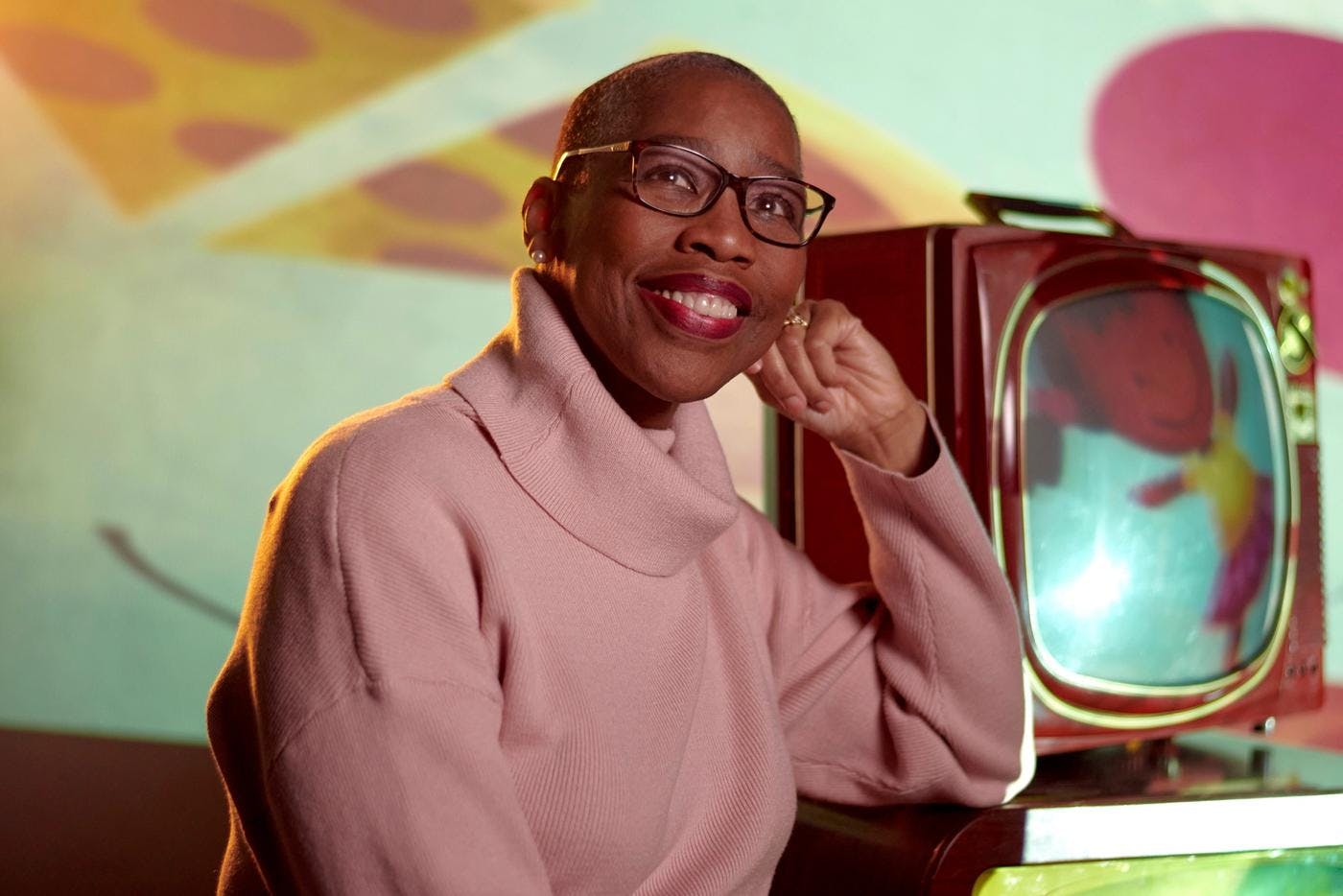
With art, puppetry and real talk, this television pioneer prioritizes children of color.
Thanks to our Sponsors
Your support helps Crosscut create projects like Black Arts Legacies. Learn how you can help with a one-time donation or recurring membership.
Support Crosscut